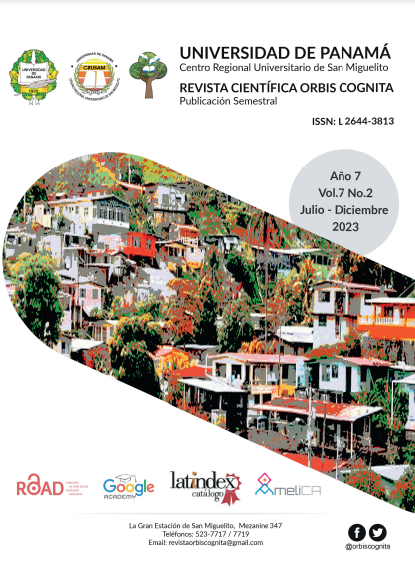

Copyright (c) 2023 Revista Científica Orbis Cógnita

This work is licensed under a Creative Commons Attribution-NonCommercial-ShareAlike 4.0 International License.
The work that occupies the following pages deals with a contrastive analysis applied to the greetings and farewells used by young university students between 19 and 25 years of age. The objective of the study is to verify the linguistic procedures in the greetings and farewells used by male and female students of the Spanish School of the University of Panama. The method used was the contrastive method, in this case in the same language (intralinguistic) through which two opposite variables were compared: men and women. Figures such as Fritz Rudolf Fries, Roberto Lado, Larry Selinker and Santos Gargallo stand out in this method. Politeness responds to the theoretical bases of scholars such as Antonio Briz, Marta Albelda and Henk Haverkate, among others. The results obtained reinforce, for men, the signs of affiliation with the intensification of greetings and solidarity for farewells. Women, on the other hand, reinforce positive politeness in greetings and attenuation in farewells (wishing the other well). There are marked differences in greetings and farewells between men and women, which show the forms of politeness, which respond to different sociocultural parameters.